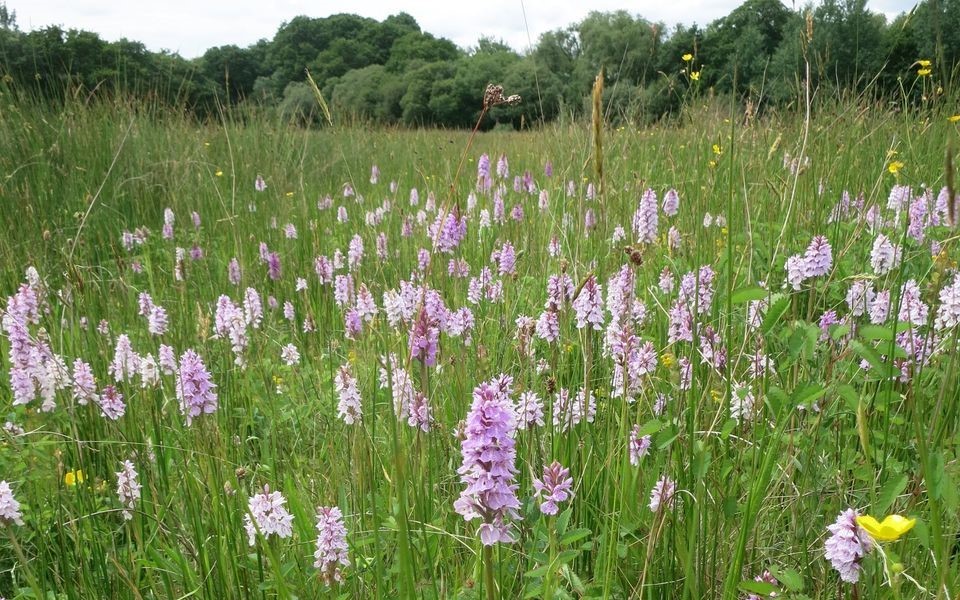
In workshops 2 and 3 we focused on research and opportunities to mitigate greenhouse gas emissions associated with beef production, in particular methane, which is a by-product of digestion and manure management in ruminants, and nitrous oxide, which is associated with nitrogen applications to soils such as dung, urine and fertiliser. However, we know that mitigation alone will not achieve net-zero carbon targets for the livestock sector. Adoption of best practice could contribute to a 30% improvement across the ruminant livestock sector but this falls well short of the 64% reduction required to achieve net-zero. To achieve net-zero will therefore depend on the application of a wide range of strategies to reduce our emissions and increase carbon capture from the atmosphere.
In workshops 4 and 5 we looked at opportunities to sequester and store carbon on-farm. Grassland soils represent a valuable natural carbon sink. In workshop 4 we heard about the Farm Carbon Toolkit, which includes tools to help calculate farm carbon footprints and identify practical steps which can be taken to cut emissions and sequester more carbon. We also heard about research to assess what a ‘good level’ of soil organic carbon is for particular land uses and soil types; what the potential is of grassland soils to sequester additional carbon; and methods which we can use to measure and monitor changes in these carbon stocks. Finally, we heard about the value of culm grassland, a key priority habitat within the Ruby Country, to sequester and store carbon as well as deliver a range of other ecosystem services including biodiversity and natural flood management.
- Agenda
- Presentation 1: Carbon footprinting and the Soil Carbon project (Becky Willson Farm, Carbon Cutting Toolkit)
- Presentation 2: Carbon index for UK soils 2021 (Stephan Haefele, Rothamsted Research)
- Presentation 3: Wildflower meadows in the UK (Lisa Schneidau, Devon Wildlife Trust)
- Presentation 4: Culm grassland and carbon (Nicola Ellis, University of Exeter)

